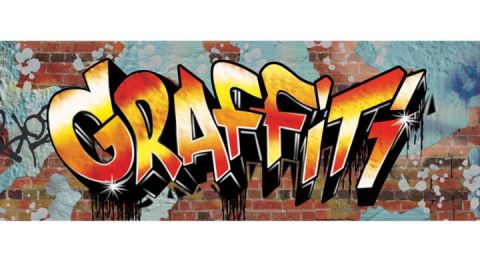
According to the textbook there are a series of steps associated with the Graffiti model that follow this order:
- Prepare Graffiti Questions
- Divide Students into Groups
- Explain the Process to the Groups
- A Social Skill is Identified, Explained, and Practiced
- Distribute Materials
- Groups Answer Questions
- Share Information
- Measure Group and Individual Accountability
- Assess Learning
In seminary I have some ideas that would work well with this model. In Jacob chapter 5 in the Book of Mormon there is an allegory of tame and wild olive trees. The chapter is rich in symbolism which would make it enjoyable for students to gather into groups and go around the room answering different questions about what they think the meaning of different aspects of the allegory represent. Some sample questions could include: what do you think the vineyard represents? What could burning the branches symbolize?
Another idea for this model would be during 1 Nephi 8 when we learn about the “Lehi’s Dream”.
This would also be great to use when teaching about the commandments for doctrinal mastery. Each commandment has a blessing associated with it and students could write down at each station the blessings associated with each commandment to see how God truly does want to bless us when we do what He asks.
Those are some simple ideas that could really help bring these subjects to life, especially Jacob 5 which traditionally has been hard for teenagers (and many adults) to understand. In seminary I would have to use butcher paper for each station with dry erase markers to avoid ink bleeding through paper and staining the walls.
Leave a comment